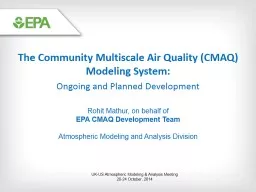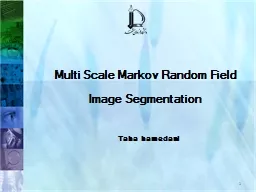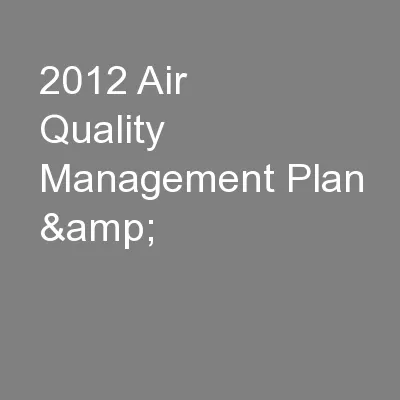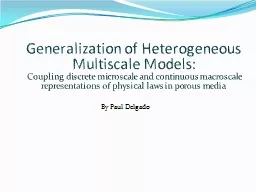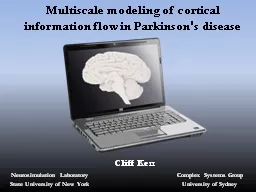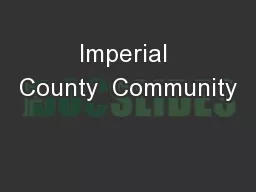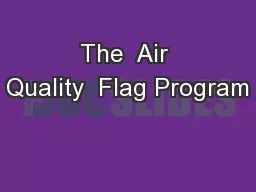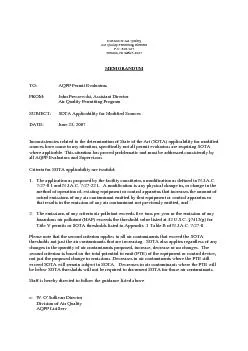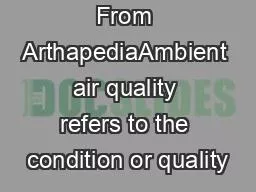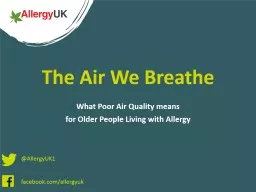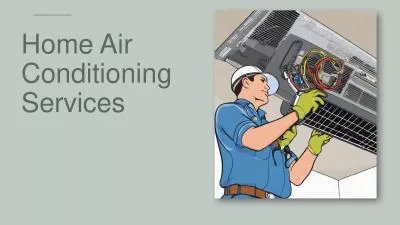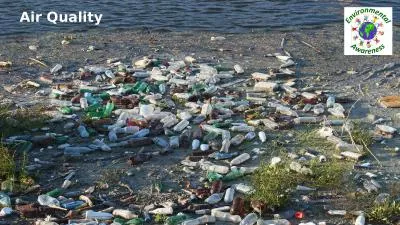PPT-A new version of the Community Multiscale Air Quality Model:
Author : faustina-dinatale | Published Date : 2018-11-18
CMAQv51 EPA CMAQ Development Team Atmospheric Modeling and Analysis Division National Exposure Research Laboratory Office of Research and Development 1 CMAS Conference
Presentation Embed Code
Download Presentation
Download Presentation The PPT/PDF document "A new version of the Community Multiscal..." is the property of its rightful owner. Permission is granted to download and print the materials on this website for personal, non-commercial use only, and to display it on your personal computer provided you do not modify the materials and that you retain all copyright notices contained in the materials. By downloading content from our website, you accept the terms of this agreement.
A new version of the Community Multiscale Air Quality Model:: Transcript
Download Rules Of Document
"A new version of the Community Multiscale Air Quality Model:"The content belongs to its owner. You may download and print it for personal use, without modification, and keep all copyright notices. By downloading, you agree to these terms.
Related Documents

